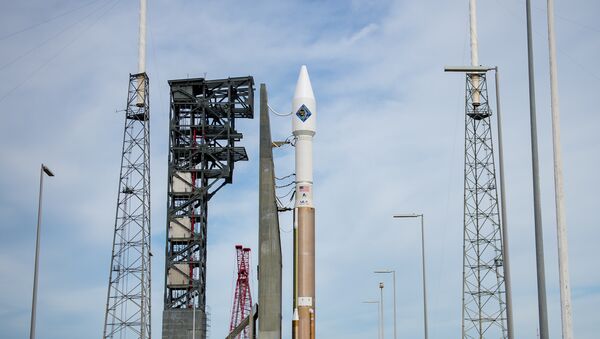WASHINGTON (Sputnik) — The ULA pointed out that the Cygnus spacecraft was successfully delivered to the International Space Station despite the early booster shutdown and degradation of the first stage performance.
"An extensive review of all post-flight data observations determined that at approximately T+222 seconds, an unexpected shift in fuel pressure differential across the RD-180 Mixture Ratio Control Valve (MRCV)," the release stated.
A second cause, ULA noted, was the reduction in fuel flow to the combustion chamber caused by a mixture of propellants and a reduction in first stage performance.
"The imbalanced propellant consumption rate resulted in depletion of the first stage oxidizer with significant fuel remaining at booster engine shutdown," the release added.
The Cygnus is an unmanned spacecraft that carries cargo to the International Space Station.
The Atlas V launcher’s first stage RD-180 engine cut off 6 seconds earlier than planned, triggering a longer burn by the Centaur upper stage to compensate for the loss of thrust and velocity.
The ULA is a joint venture owned by Lockheed Martin and the Boeing Company. It brings together two of the launch industry’s most experienced and successful teams — Atlas and Delta — to provide reliable, cost-efficient space launch services for the US government.



